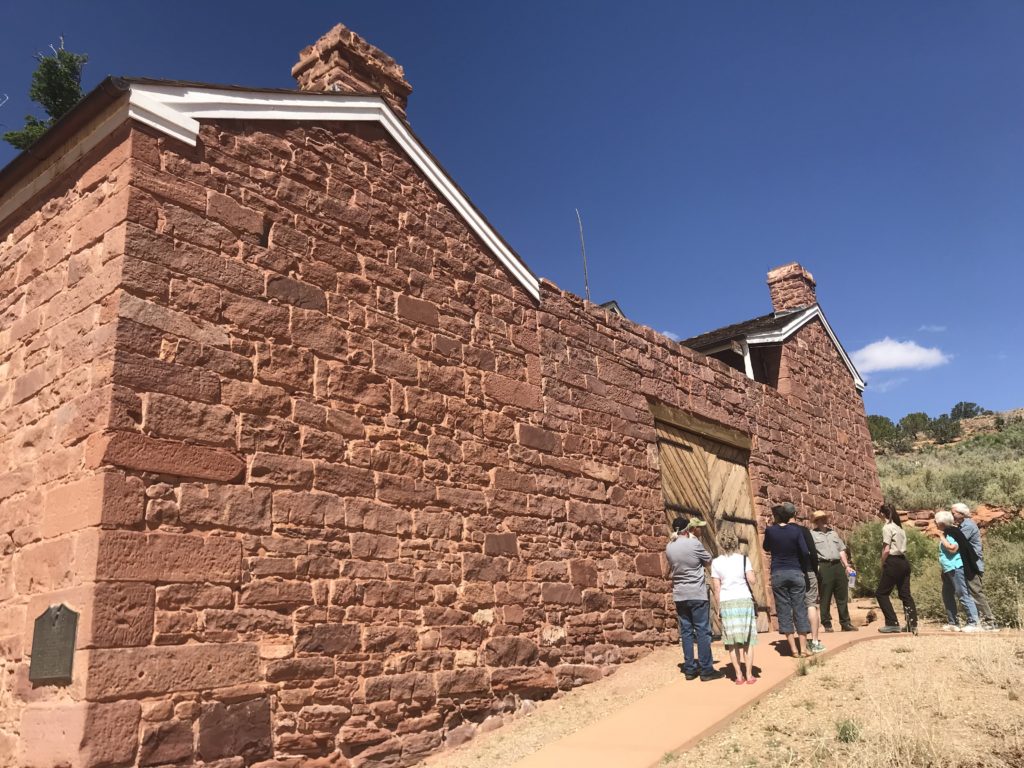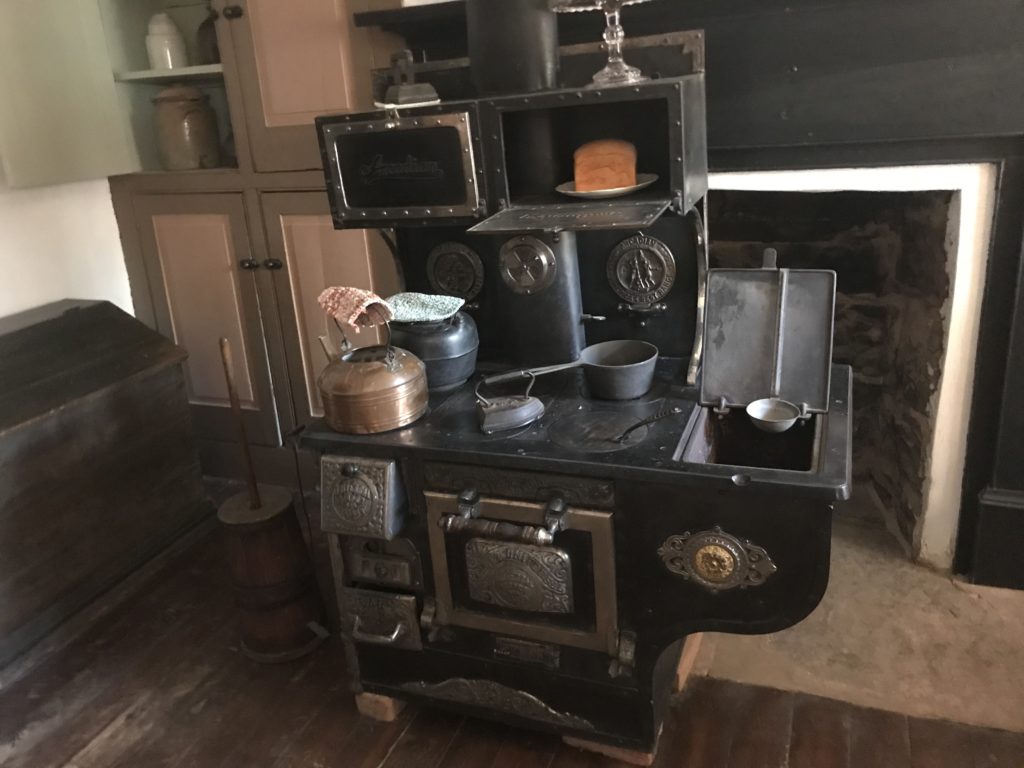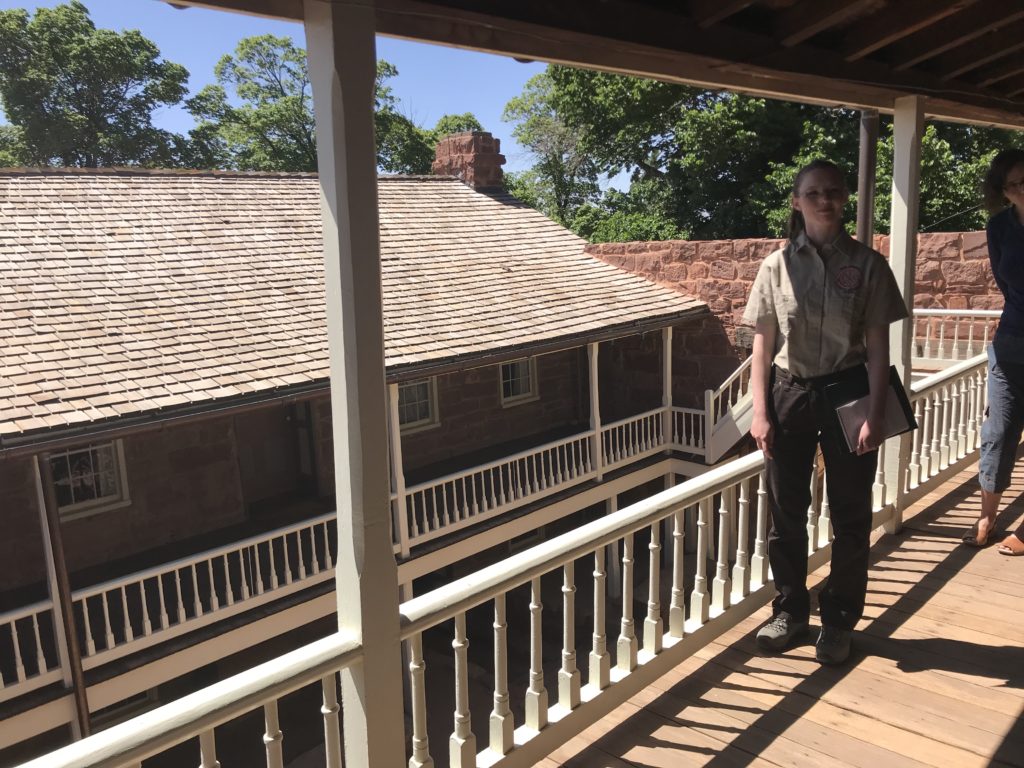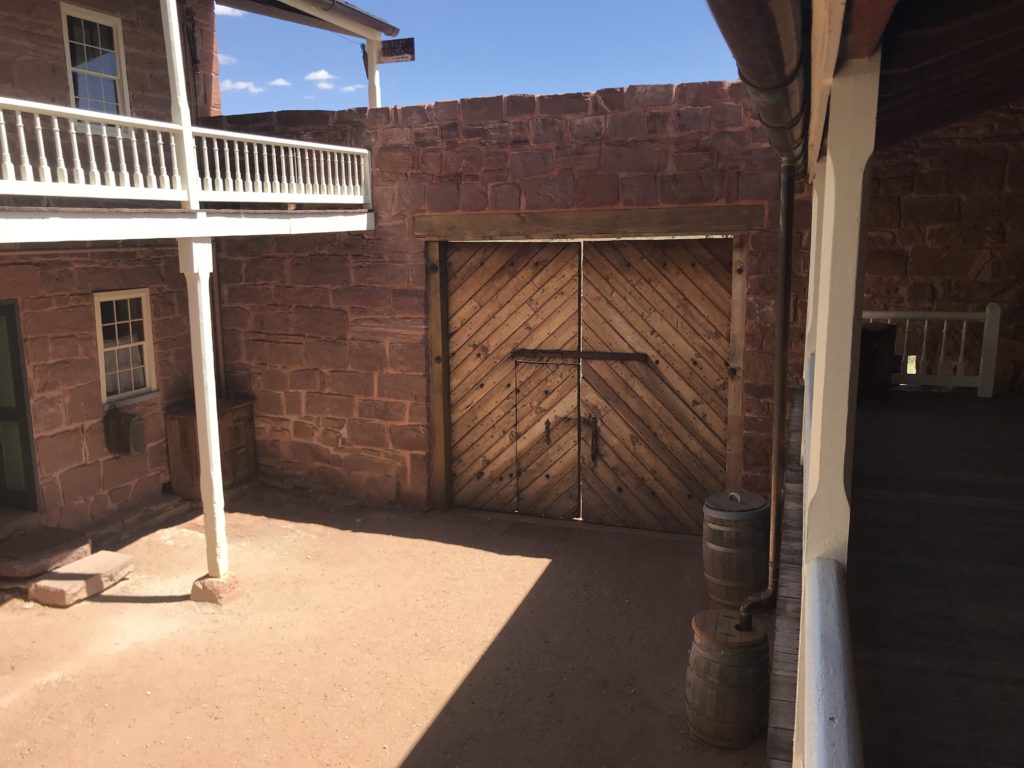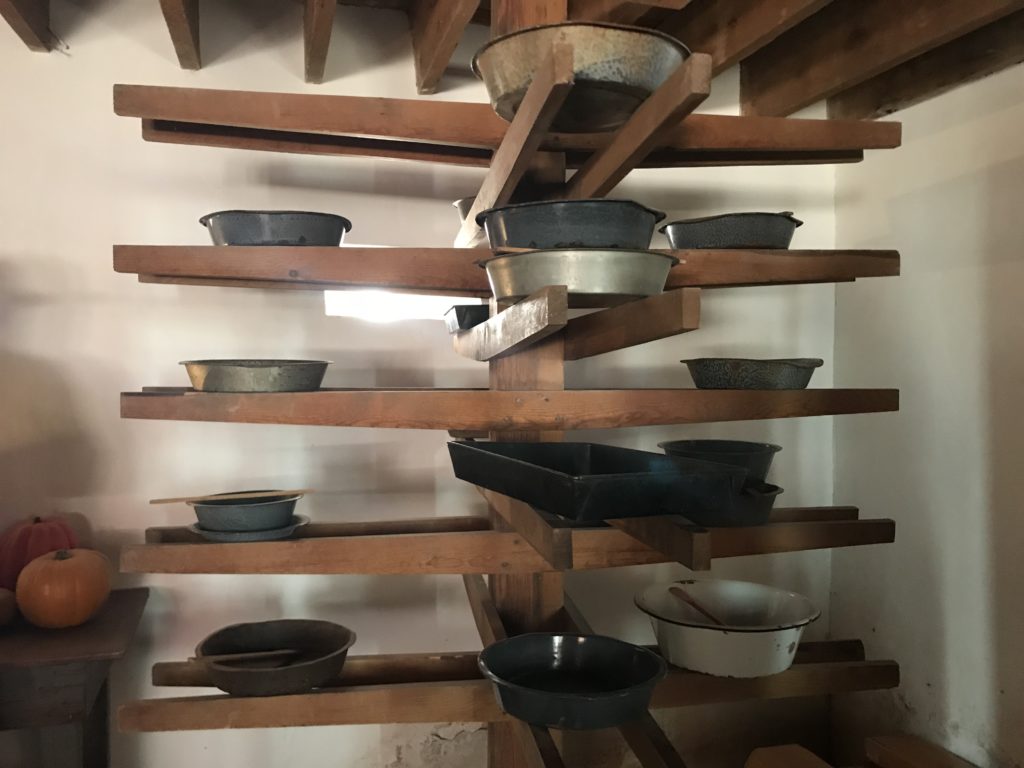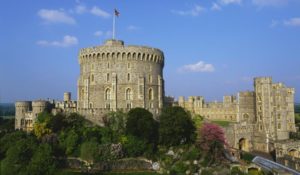 You’ve seen pictures of Windsor Castle in Great Britain – the oldest and largest occupied castle in the world, home to royalty for 900 years. Well, here at Pipe Spring National Monument, we also have a Winsor Castle. It is not, however, home to
You’ve seen pictures of Windsor Castle in Great Britain – the oldest and largest occupied castle in the world, home to royalty for 900 years. Well, here at Pipe Spring National Monument, we also have a Winsor Castle. It is not, however, home to
royalty, and has only been here for 150 years.
Named after Edwin and Emmaline Winsor, the first people to occupy Winsor Castle, the fort at Pipe Spring was built in 1871-1872. The fort is made out of Navajo sandstone taken from the hill right behind the castle. It was called Winsor Castle because it was the fanciest building in the Arizona Strip for many years. You can see it from a distance as its stands sentinel over the springs.
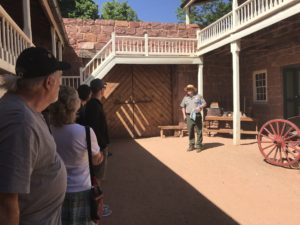
The first task of any ranger at Pipe Springs is to write and conduct a fort tour. Tom and I went on several fort tours and read hundreds of pages of material before we wrote our own. We are now old pros as giving tours of Winsor Castle. Each ranger generally gives two tours a day. My theme is “Leaving our mark” and I talk about the people who lived in and around the fort and the marks they left on the land.
The tours all start in the Courtyard, which is the most fort-like part of Winsor Castle. Then we go in through the parlor, where I talk about the Winsors. The next room is the kitchen where I bring up the subject of polygamy and the plural wives that lived at Winsor Castle. I focus on Flora Snow Woolley and her feelings about living in what she considered to be a prison. Upstairs are the family bedrooms where I talk about the children and we look at some fort-like features.
On the balcony outside we look at the view across the plateau to Mt. Trumbull. I talk about what the land might have looked like before the Latter Day Saints pioneers arrived. How the Kaibab Paiute foraged for food across the plateau and valued the spring as a source of year-round water. I talk about the National Park Service acquiring the fort for a rest-stop between Zion and the Grand Canyon.
We look into the rooms across the second-story porch. The telegraph operator lived in one and the other two were guest rooms. Then we head downstairs to the spring room where guests can see and touch the water from the spring. I talk about milking cows and making butter and cheese for the workers on the temple in St. George. The final room in the house is the cheese room with a reproduction cheese vat and a cheese press. This room was also used as a sandwich shop in the early days of park service occupancy.
Although it only took you a few minutes to read about my fort tour, it generally takes 40 minutes to guide guests through and talk about the different uses of the building. Obviously I left lots of details out.
Tom and I both enjoy giving tours of Winsor Castle. It is a beautiful and impressive building. If you would like to take a virtual tour of Winsor Castle, you can do so by clicking here. It won’t be the same as going on my tour, but it will give you a general idea. Of course, nothing compares with seeing it in person, so feel free to stop by Pipe Spring the next time you are in the area.

